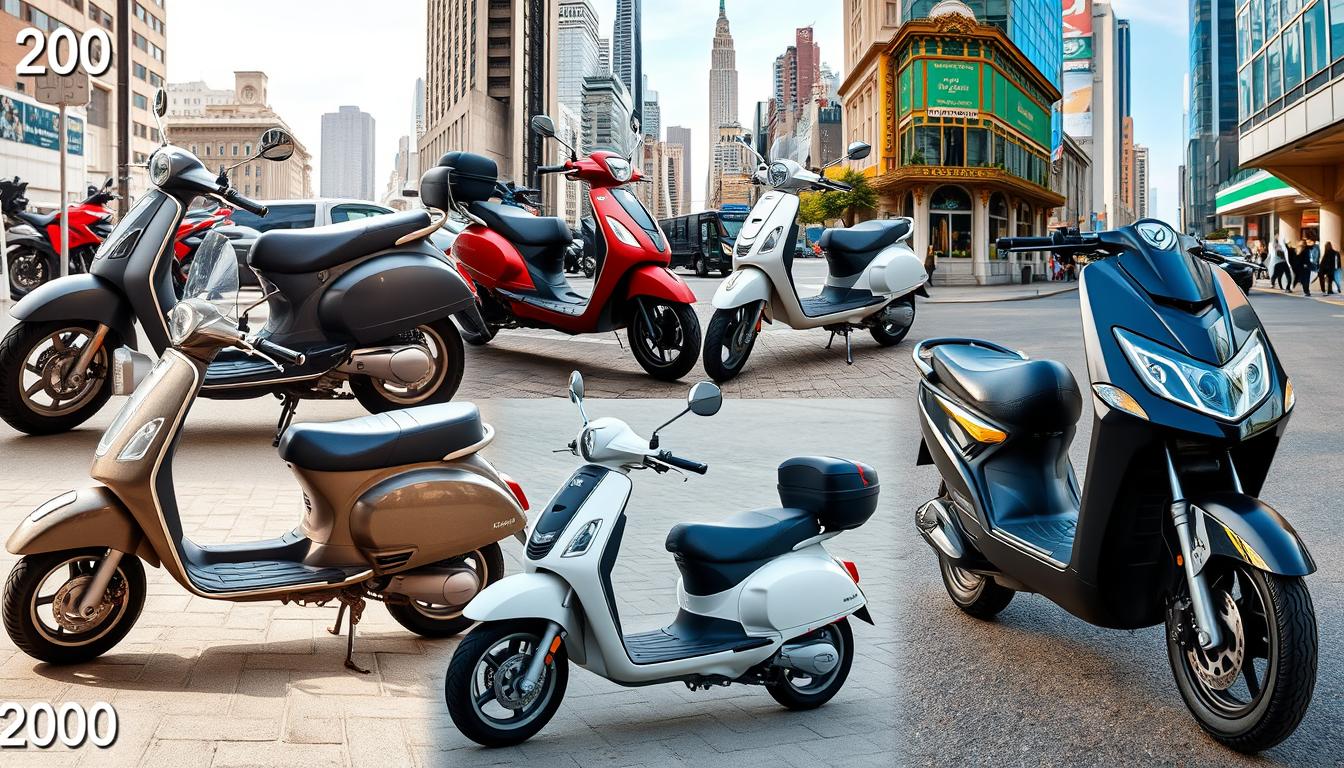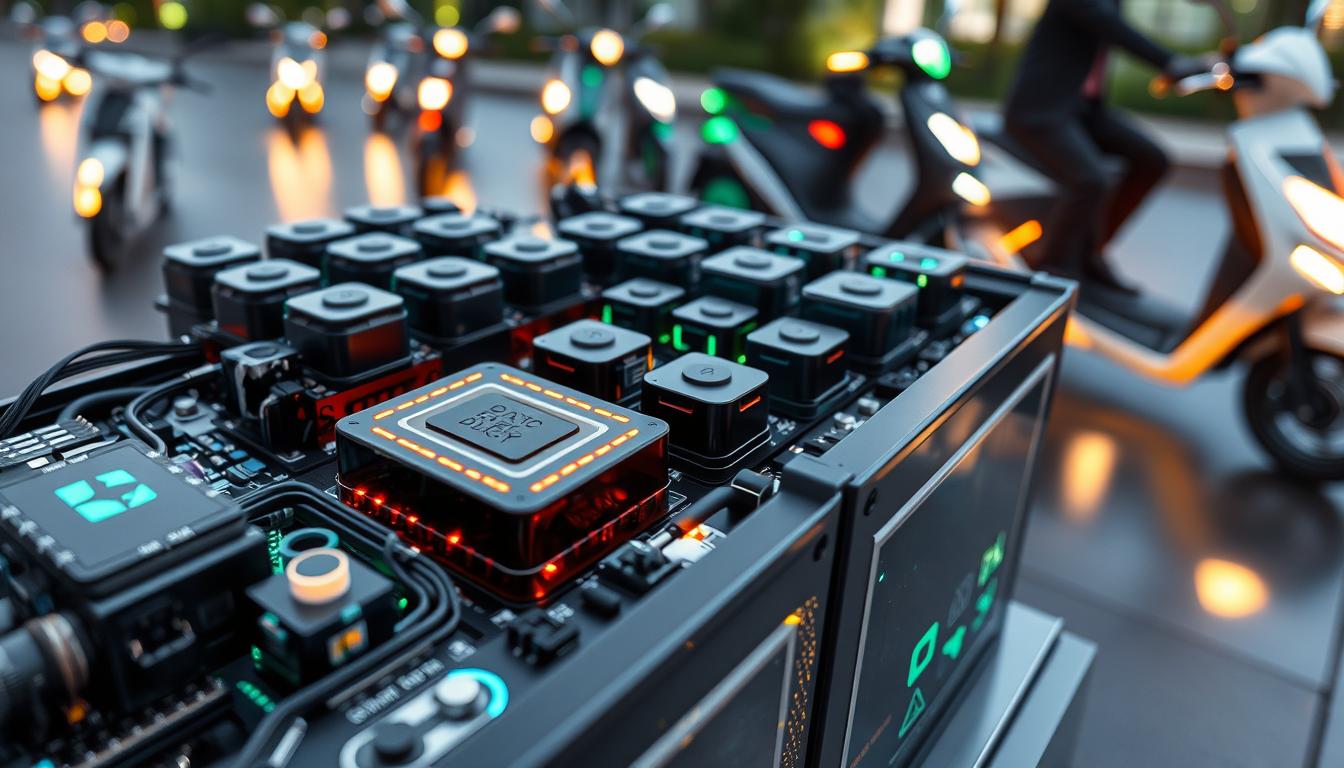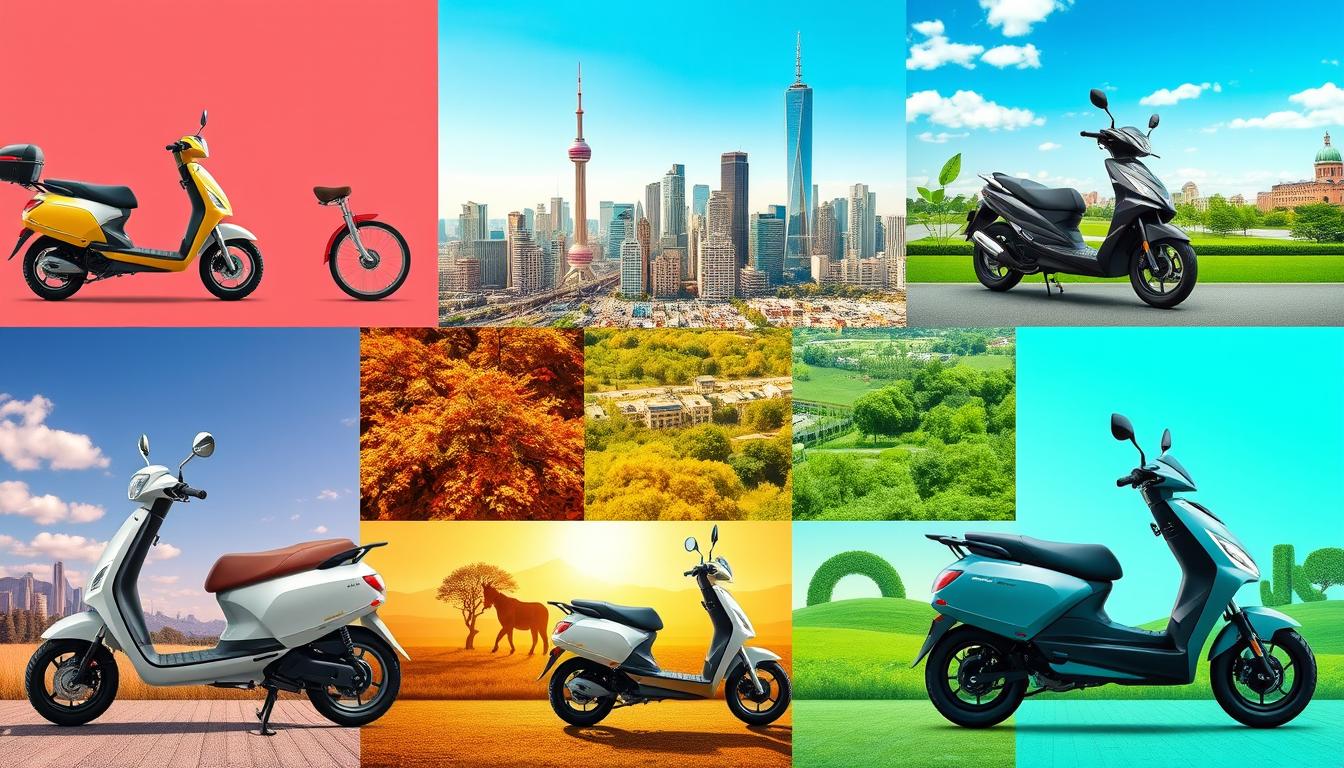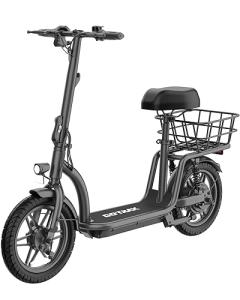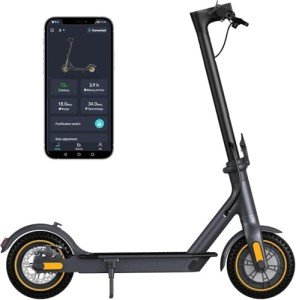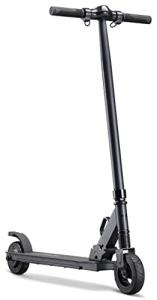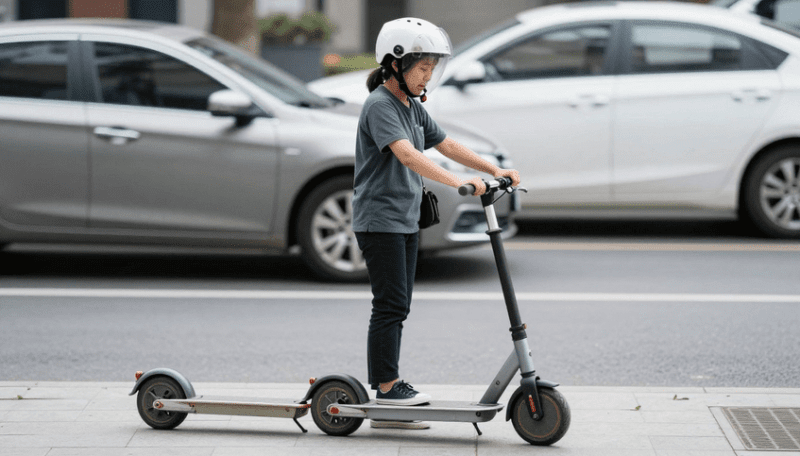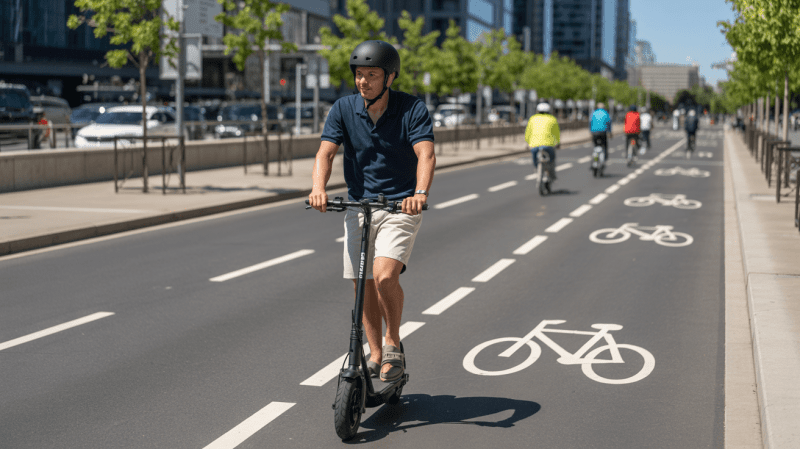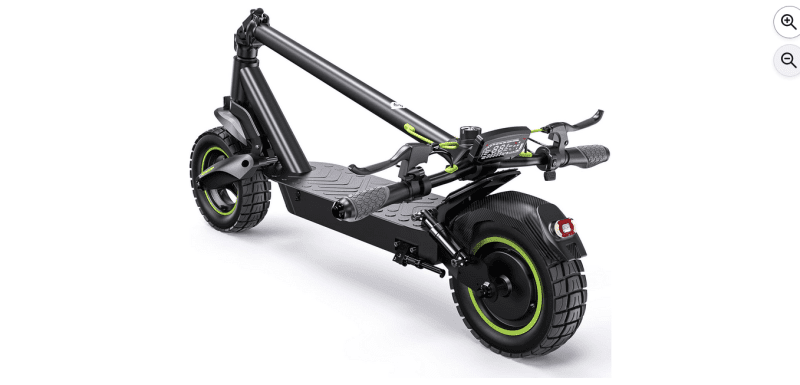The first electric scooter history began in the late 19th century. In 1895, inventor Ogden Bolton Jr. of Ohio, United States, filed the first electric bicycle patent. This early innovation set the stage for the growth of electric-powered personal transportation.
Over the years, the electric scooter industry has seen huge leaps forward. These advancements came from better battery technology and motor designs.
The start of electric scooters is linked to the rise of electric vehicles in the 1880s. Pioneers like Gustave Trouvé showed off electric tricycles. This was the first step towards alternative-powered transportation.
As the 20th century went on, the electric scooter industry kept growing. It saw many important milestones and innovations, which have shaped the modern world of micro mobility.
Key Takeaways
- The history of electric scooters dates back to the late 19th century, with the first electric bicycle patent filed in 1895.
- Early electric vehicles, including Gustave Trouvé's electric tricycle in 1881, paved the way for the development of electric scooters.
- Advancements in battery technology, such as the invention of lithium-ion batteries in 1991, have been instrumental in the evolution of electric scooters.
- The first commercial electric scooter, the Peugeot ScootÉlec, was mass-produced in 1996, showcasing the industry's early successes and limitations.
- The rise of electric scooters has been driven by the growing demand for sustainable and efficient urban transportation solutions, known as the micromobility revolution.
Early Origins: From Electric Bicycles to First Motorized Scooters (1895-1915)
The journey to modern electric scooters started over a century ago. In 1895, Ogden Bolton Jr. got the first electric bicycle patent. This was the start of early electric vehicle innovations.
The First Electric Bicycle Patent
Ogden Bolton Jr.'s patent in 1895 was a big step. His design had a rear-wheel hub motor. This idea would shape future electric vehicles.
Early Electric Vehicle Innovations
Others also worked on electric vehicles in the late 19th century. In 1881, Ayrton and Perry showed an "electric carriage" that went 14 km/h for 40 km. The Humber company then showed the first electric tandem bicycle in 1896, going up to 60 km/h.
The Birth of Motorized Transportation
The Hildebrand & Wolfmüller, released in 1894, was a big change. It was the first fuel-powered motorcycle sold to the public. It led to the creation of modern motorcycles and scooters.
These early steps in electric bicycles, vehicles, and motorized transport set the stage for today's electric scooters. From 1895 to 1915, new ideas and technologies emerged. They shaped the future of personal mobility.
The Autoped Era: The First Commercial Scooter (1913-1921)
The Autoped was invented by Arthur Hugo Cecil Gibson in 1913 and patented in 1916. It was made in Long Island, New York. This vehicle had a 155cc four-stroke engine, could go up to 30 mph, and weighed over 100 lbs.
At first, many people were excited about the Autoped. It was used by mail services and suffragettes. But, it stopped being made in 1921 because it didn't sell well enough. Still, it was the first scooter to be sold commercially, starting a new era in electric mobility.
"The Autoped, the first commercial scooter, was marketed as running 125 miles on a gallon of gasoline."
The Autoped came out in the early 1910s, a time of big changes in electric bikes and early electric cars. In 1911, a magazine showed an electric bike that could go 35 mph. That was 40% faster than the fastest gas-powered scooters back then.
Even though the Autoped era was short, it was very important. It helped start the growth of early scooters. The Autoped was a key step towards making motorized two-wheeled vehicles more common in the future.
The Evolution of Battery Technology and Electric Mobility
Battery technology has been key in the growth of electric mobility, like electric scooters. It has moved from early lead-acid batteries to the advanced lithium-ion technology. These changes have been vital for the electric scooter industry.
Lead-Acid to Nickel-Cadmium Batteries
The first electric vehicles, like early electric bicycles, used lead-acid batteries from 1859. These batteries were a good energy storage option but had limited range and slow charging. Later, nickel-cadmium batteries came along, offering better performance and lasting longer.
The Revolutionary Lithium-Ion Impact
Lithium-ion batteries changed everything in 1991. Developed by Stanley Whittingham, John Goodenough, and Akira Yoshino, they brought higher energy density, faster charging, and were eco-friendly. These batteries are about 96% efficient and can be charged thousands of times, making them essential for today's electric scooter world.
Modern Battery Advancements
Battery technology keeps getting better, pushing electric mobility forward. New battery types, like solid-state and lithium-sulfur, offer even more energy, faster charging, and safety. These improvements, along with cheaper and more available lithium-ion batteries, have helped electric scooters become more popular.
The evolution of battery technology has been crucial for electric scooters. It has changed urban mobility and is leading us towards a greener future.
The Rise of Electric Scooters: A Brief History and Evolution
The electric scooter revolution started in the 1990s with Wim Ouboter's foldable aluminum scooter. It was made to solve the "first-mile, last-mile" problem in cities. This design led to the electric scooter evolution and the micromobility revolution that followed.
The Razor scooter, first seen as a kids' toy in the early 2000s, became very popular. It sparked interest in using stand-on scooters for short trips. The use of lithium-ion batteries in 2009 and the start of shared mobility services in 2018 boosted electric scooters as urban mobility solutions.
| Year | Milestone |
|---|---|
| 1895 | The first patent of an electric motorbike was filed a full year before the invention of the first gas-powered motorbike. |
| 1915 | The pioneering motorized scooter by Autoped company was launched, and electric-powered versions will be available by 2016. |
| 1996 | Peugeot invented the Scoot'Elec, the first mass-produced electric scooter, with a top speed of 31 mph and a range of 29 miles. |
| 2000 | The Razor scooter earned "Spring/Summer Toy of the Year", showcasing the reimagined kick scooter by Dutch-Swiss banker Wim Ouboter. |
| 2018 | The emergence of shared mobility services led to the current electric scooter boom in urban transportation. |
Advances in battery tech and the need for sustainable mobility solutions have changed the electric scooter industry. Now, they are more affordable and efficient. As cities face traffic and pollution, electric scooters are key in the micro-mobility revolution, offering a green and easy way to get around.
Modern Electric Scooter Innovation and Design (2000-Present)
In the last 20 years, big changes have been seen in electric scooters. They now have smart features and are safer, making them great for city travel. With better batteries and motors, their design has improved a lot, meeting today's rider needs.
Smart Technology Integration
Today's electric scooters use smart tech for a better ride. They have GPS, app links, and smart battery systems. Now, riders can check their scooter's status, find it, and control it from their phone.
Safety Features and Performance Improvements
Safety is key in modern electric scooters. They have better brakes, lights, and stability systems. This makes riding safer and more fun. They also go faster and farther, making them a good choice for city travel.
| Feature | Improvement |
|---|---|
| Range | Increased from 15-20 miles to 30-50 miles on a single charge |
| Top Speed | Increased from 15 mph to 20-25 mph |
| Motor Power | Increased from 250W to 500W or higher |
| Braking System | Improved with disc brakes, regenerative braking, and electronic stability control |
| Lighting | Enhanced with bright LED headlights, taillights, and turn signals |
Electric scooter design has evolved a lot. They are now a green and easy way to get around cities. With smart tech and safety first, they're becoming a popular choice for city travel.
Urban Mobility Revolution: Shared Scooter Services
Shared electric scooter services have changed how people move in cities worldwide. In 2018, Bird and Lime started dockless scooter-sharing in big cities, making it simpler to get around in crowded areas.
But, it also brought new problems for city planners. They must now figure out how to manage the scooters and keep everyone safe.
People love shared scooters for their green and easy-to-use nature. Yet, there are worries about safety and how they use public space. As the scooter service grows, we need clear rules to ensure it fits well in our cities.
Despite the hurdles, shared scooters have changed city travel. They offer a cheap and green way to get around. Experts think they will keep being key in making cities better for everyone.
FAQ
Q: What is the history of electric scooters?
A: Electric scooters started in the late 19th century. Ogden Bolton Jr. filed the first electric bicycle patent in 1895. Early models, like Gustave Trouvé's electric tricycle in 1881, set the stage for today's scooters. Advances in batteries and motors have driven their evolution.
Q: What were some of the early innovations in electric mobility?
A: The first electric bicycle patent was filed by Ogden Bolton Jr. in 1895. Before that, electric bikes likely existed. Ayrton and Perry created an "electric carriage" in 1881, reaching 14 km/h with a 40 km range.
Humber showed the first electric tandem bicycle in 1896, going up to 60 km/h. The Hildebrand & Wolfmüller fuel-powered motorcycle, released in 1894, started the motorized two-wheeler era.
Q: What was the Autoped, and when was it introduced?
A: Arthur Hugo Cecil Gibson invented the Autoped in 1913 and patented it in 1916. It was the first commercial motorized scooter. Made in Long Island, New York, it had a 155cc engine, reached 30 mph, and weighed over 100 lbs.
Despite initial success, including use by mail services and suffragettes, it stopped production in 1921 due to low sales.
Q: How has battery technology influenced the development of electric scooters?
A: Battery tech has been key for electric scooters. Lead-acid batteries, invented in 1859, were early choices. Nickel-cadmium batteries, made in 1899, improved things.
Lithium-ion batteries, introduced in 1991, brought big leaps forward. They're more energy-dense, charge faster, and are better for the environment. These advancements have shaped the modern electric scooter industry.
Q: What were the key milestones in the modern electric scooter evolution?
A: Wim Ouboter's foldable aluminum scooter in the 1990s was a big step. The Razor scooter, marketed as a toy in the early 2000s, became popular. The use of lithium-ion batteries in 2009 and shared mobility services in 2018 led to today's scooter boom.
Q: What are some of the innovations in modern electric scooters?
A: Electric scooters have improved greatly since 2000. They now have smart tech like GPS, mobile app connectivity, and better battery management. Safety has also improved with enhanced braking, lighting, and stability control.
They now offer longer ranges, higher speeds, and more powerful motors. This makes them a good choice for city travel.
Q: How have shared electric scooter services impacted urban mobility?
A: Shared scooter services started in 2018 and changed city travel. Companies like Bird and Lime brought dockless systems to cities worldwide, which has created new challenges in planning, rules, and infrastructure.
The rise of shared scooters has also raised questions about their sustainability, safety, and the future of city travel.
DISCLAIMER
This document is provided for general information purposes only. It should not be relied upon as providing legal advice, technical, or specific operational guidance to the reader, whether as to the practices described in the document or the applicable legal requirements and regulations. Just Electric Scooters. Com expressly disclaims any responsibility for liability arising from or related to the use or misuse of any information in this document.

